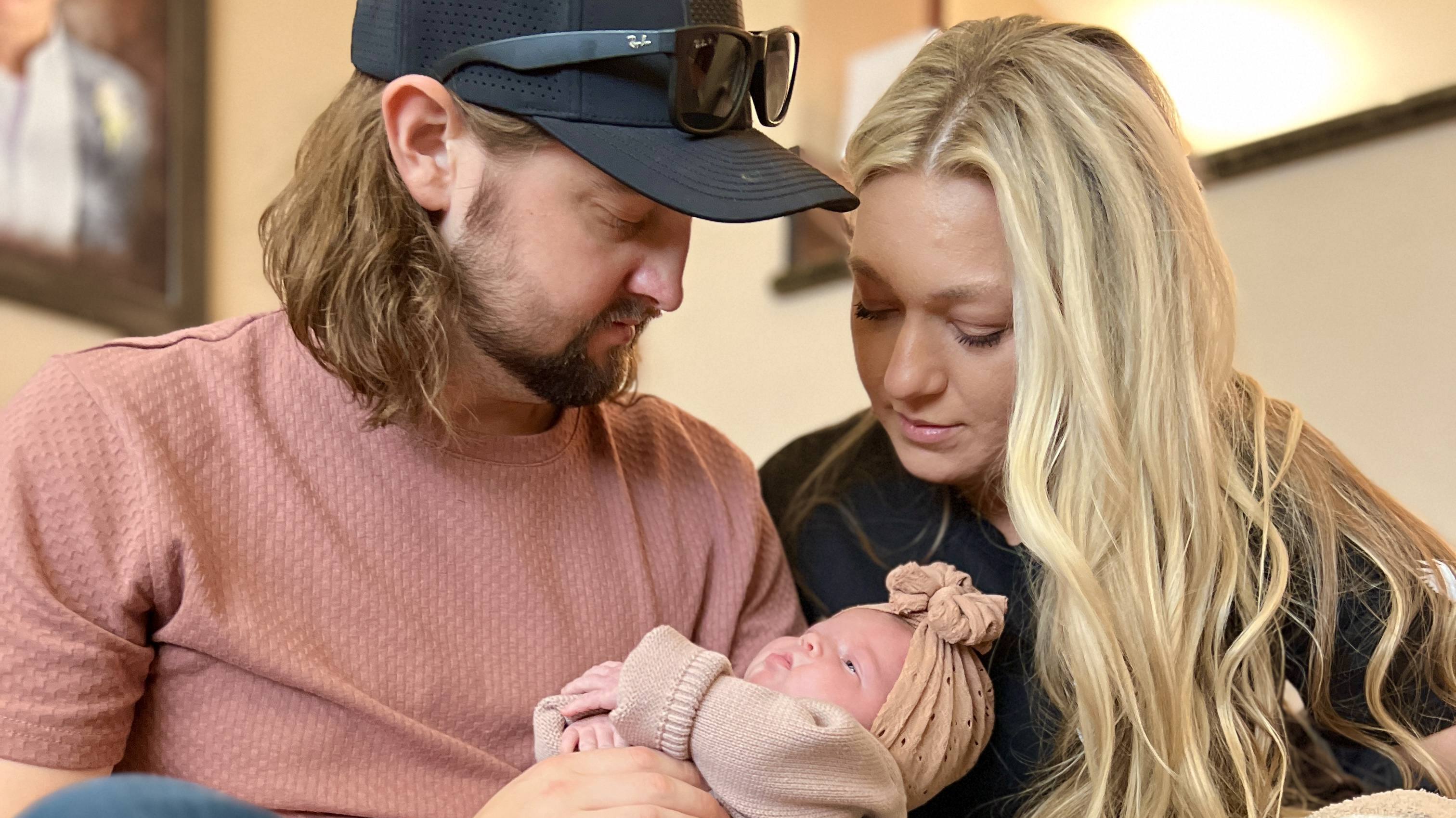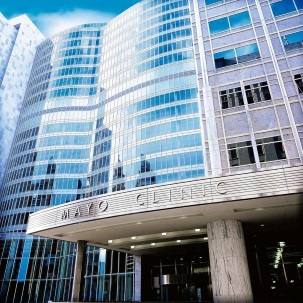Cardiology Patient Stories

February 13, 2024
The Duffer family’s home is filled with lots of love this Valentine’s Day. They have a new baby girl, and dad got the lifesaving heart[...]

October 30, 2015

October 21, 2015

September 11, 2015

September 10, 2015

June 26, 2015

June 4, 2015

February 6, 2015

February 2, 2015
Explore more topics
 Sign up
Sign up

Mayo Clinic Connect
An online patient support community
